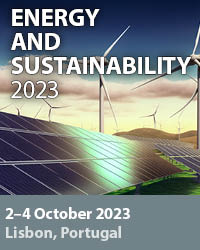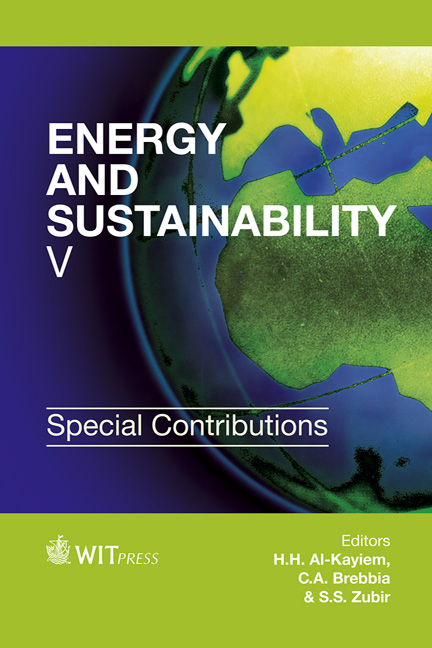Fugitive Methane Emissions From The Natural Gas Distribution Network Of Titas Gas And The Environmental Risks
Price
Free (open access)
Transaction
Volume
206
Pages
12
Page Range
137 - 148
Published
2015
Size
338 kb
Paper DOI
10.2495/ESS140121
Copyright
WIT Press
Author(s)
P. C. Mandal, S. Chowdhury, S. M. Morshed
Abstract
The pipeline quality natural gas of Titas Gas (TG) contains approximately 96.12% (mol/mol) methane. Fugitive emissions are unintentional leaks emitted from sealed surfaces or leaks from underground pipelines resulting from corrosion or faulty connections. Methane is a potent greenhouse gas effect next to carbon dioxide. Reducing methane emission is an essential step toward reducing global warming. Inventory data on methane emission from natural gas transmission and distribution system of TG is absent in open literature. The objective of this paper is to explore the problems generated by gas leaks and to quantify the leaked methane gas from the above-ground facilities of the existing system of TG. Economic and environmental impacts for such fugitive emissions are also critically examined. In this study, leaks were detected using soap screening techniques and the Gasurveyor 500 series instrument. Leaked gas was quantified using either the Hi-Flow gas sampler or a bagging measurements system. The results show that approximately 2.1% of the purchased gas is leaked from the above-ground facilities of TG. Total estimated emission is approximately 4.214 MMTCO2e per year that is approximately 4.74% of the total amount of methane emission from human activities and industrial methane production in Bangladesh during the year 2000. TG can save approximately USD 14.67 million per year by stopping these emissions. It is now a vital issue for TG to seize gas leakages for attaining the international standard of climate mitigation as well as upholding the image of TG.
Keywords
methane emission, gas leak, greenhouse effect, global warming, climate mitigation





